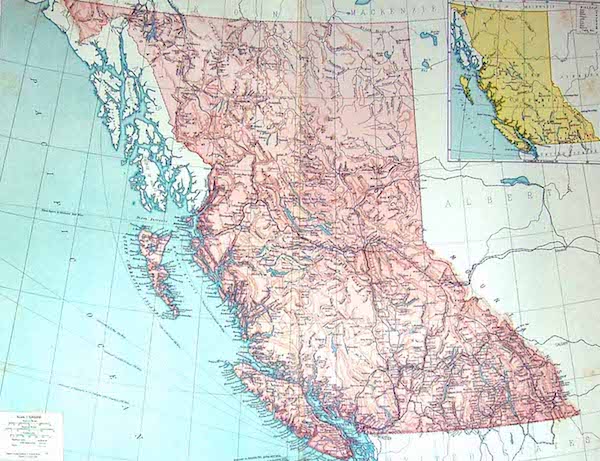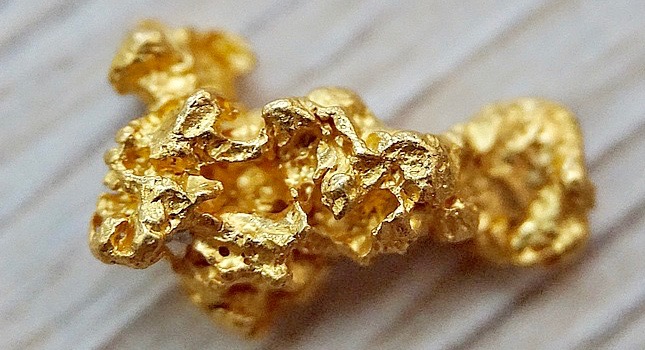
There were several notable gold rushes in British Columbia. Gold was discovered in 1858 on the Thompson River at the confluence with the Nicoamen River, which began the Fraser Canyon Gold Rush
The Cariboo Gold Rush officially began in 1861, although gold was actually discovered in 1860 at Keithley Creek and at nearby Antler creek, where there was gold so close to the surface that occasionally a miner didn’t even need a shovel!
Early miners used rockers, flumes, sluice boxes and pans, as well as sink-shafts into the hard rock. Beggs Gulch, China, Canadian, Antler, Downy, Cunningham, Lightning, Guyet, Nugget Gulch, Lowhee, White Grouse, Williams and Wolfe, as well as many other creeks in the Cariboo have been worked many times over the years.
Unless the area is previously claimed, or is private property, gold panning is allowed on any water, running or still, with a few exceptions. If you are in provincial or Federal Park you must obtain permission from the park warden; if on an Indian Reservation, you must obtain permission from the tribe. You would be considered trespassing even if you are just crossing private or tribal lands without permission in order to get to a legal panning area. To avoid breaking any laws you can go to the Mineral Titles Online Website, or check with one of the Provincial Recreational Panning Reserves.
There are several recreational panning reserves in British Columbia that are open to anyone. Legal tools are gold pans, hand shovels and metal detectors.
Absolutely NOT permitted are sluice boxes or suction dredges, or mechanical devices of any kind. Sluice boxes can only be used on a placer claim, and then only if the water does not run or seep into a natural water course.
The following are recreational gold panning reserves that have been set aside for gold panners in the province: Barnes Creek, Cayoosh Creek, Erickson, Coldstream, Hope, Kennedy River, Kettle River, Lytton-Site 1, Lytton-Site 2, Princeton, Spruce Creek, Quesnel-Fraser River, Wild Horse River, and Yaletown.
With the exception of Spruce Creek, which is located just south of the Yukon border in the Atlin Mining District, most of these sites are in the lower portion of the province. Historically, Spruce Creek has produced the most placer gold in the Atlin area. Kennedy River is located on Vancouver Island.
Also Read: How Placer Gold is Deposited in Creeks and Rivers
Lambly Creek, also known as Bear Creek is located in the Okanagan Lake area, and will yield some placer gold, and possibly some nuggets. In the same general area, Harris Creek and Cherry Creek are worth a try. Boundary Creek has a few places which are relatively easy to recover gold, and Rock Creek is noted for placer gold.
Cayoosh Creek was placer mined by the Chinese downstream from the Golden Cache lode mine, and still has gold to offer up.
The town of Atlin was founded when gold was discovered, bringing many miners down from the Klondike. The area is still productive today and placer gold production exceeds $23,000,000!

Pine Creek, near Atlin, produces a significant amount of gold, and you may occasionally find a nugget or two.
Gold was discovered in 1864 on southern Vancouver Island, but by 1866 most of the gold was gone along with the miners. Today gold is recovered through panning or placer mining, and the Port Alberni area and the Oyster River offers places to hunt for gold. Vancouver Island also offers guided gold-panning excursions on the Nanaimo River, if that is something that appeals to you.
Next: 12 of the Richest Gold Mining Areas in Washington
Also Read: Gold Prospecting in Alberta
